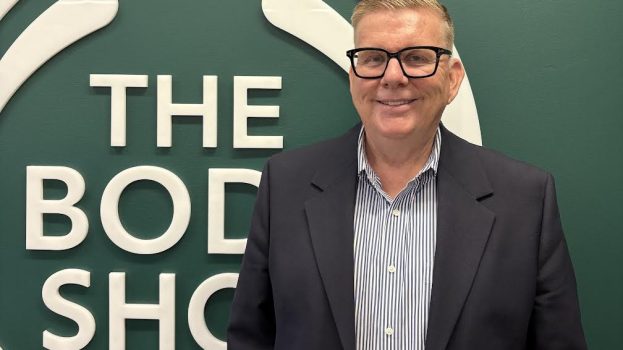You’re reading a story from Strategy C-Suite, a weekly briefing on how Canada’s brand leaders are responding to market challenges and acting on new opportunities. Sign-up here to receive the latest stories.
By Gino Cantalini
Currently being on a sabbatical after selling my share of Giants & Gentlemen, I’ve had the opportunity to read a lot of industry press.
Lately, there’s been much discussion about the importance of a great brief. No one disagrees how important that is. It’s the foundational spring board for impactful creative. However, having been on both sides of a brief, there is one thing I can say is missing from these discussions: the fact that there should be at least two separate briefs.
It used to drive me batty as a client when the agency took my team’s well thought-out, thorough briefing document and rewrote it for briefing their creative team. We had laboured over every word and made sure we covered all the important points that collectively proved our product was worthy of the praise and support our communication plan was going to provide. And after that, we’d often get something very different back for approval. It would be missing most of those great points and not include the really terrific words we came up with, especially those powerful ones that had really clever double meanings.
After leaving those marketing departments and running my own agency, I can say this: I’m so thankful that they did. At least, the good ones did.
Those agency partners that had the experience and knowledge to know what to do and the balls to do it. The really good ones not only forced us to align to a focused, sharper, inspired brief, but also made us sign off on it before starting creative development. Those briefs didn’t always result in Cannes Lions, but a couple did.
It wasn’t until I was involved in the process on both sides, and aided by one of the best strategists I have ever worked with (Doug Potwin), that I really developed a full understanding and appreciation for why it’s imperative that we have two briefs, each with its own name, intended for different audiences and with different objectives.
The Project Brief is the one created by the marketer or team that owns the client brand and meant for the agency – more specifically, their strategist or planner. The objective with this one is to provide the business problem that needs to be solved and all the factual knowledge available to define and understand it. Include the desired outcome, your key hurdle, industry and audience context and, of course, budget.
But then there is the Creative Brief. The agency’s strategist takes what they got from the Project Brief and crafts a document for their creative team, giving them a simple, meaningful message that will inspire memorable ways to bring it to life creatively. It includes the tension that the brand resolves, how it does it and the emotional benefit the consumer will see.
This may sound simple, but the strategy work involved truly is art and science – finding a real tension to mine, an authentic resolution that the brand can deliver on, and an emotive response that the brand can uniquely own. It’s typically an arduous, iterative exploration, but great agencies know it’s worth the investment.
Lazy clients and agencies leave it to the creative team to figure out the creative strategy during the development process, usually with the justification that they want to leave the team “a wide berth” and see what sparks the best work. That’s B.S. Strategy is about making a choice for the business. Creative is about making that choice unforgettable. Those two activities require very different skill sets.
So, if you are a client, don’t be so precious about your brief. Just make sure your agency is equipped for the task and give them enough lead time and budget to do it properly. If you don’t trust them to do that, what you need is not a new brief, but to find a new partner, or at least make the one you have source a great planner. And if you run a creative agency, ensure you have the talent that can do this work and insist on this foundational investment when you scope the project.
Gino Cantalini is the co-founder and former chief operating officer of creative agency Giants & Gentlemen, as well as a former senior marketer at companies including Telus, Molson Coors, Labatt and Campbell’s.
























